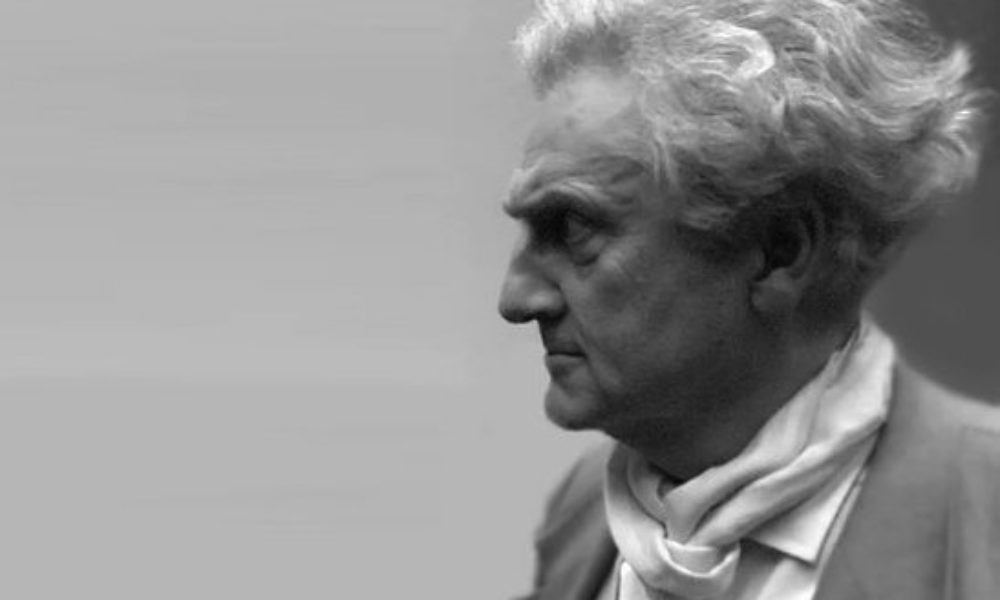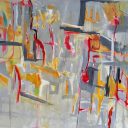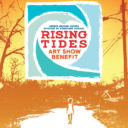“One day I went to a lecture by Leon Krier, the man who designed the English model town of Poundbury for the Prince of Wales. Krier gave a powerful talk about traditional urbanism, and after a couple of weeks of real agony and crisis, I realized I couldn’t go on designing these fashionable tall buildings, which were fascinating visually, but didn’t produce any healthy urban effect. They wouldn’t affect society in a positive way. The prospect of instead creating traditional communities where our plans could actually make someone’s daily life better really excited me. Krier introduced me to the idea of looking at people first, and to the power of physical design to change the social life of a community. And so, in a year or so my wife and I left the firm and went off to do something very different.” — Andres Duany.
_________________________________________________________________
The three New Urbanist towns that changed the course of planning in the United States are among the string of pearls that line the beaches of Scenic Highway 30A. Seaside (founded in 1980), Rosemary Beach (1990) and Alys Beach (2000) were designed by Andres Duany. At thirty years of age, the Yale graduate was retained by Robert and Daryl Davis to design the plan for Seaside. The Cuban-born architect shifted his vision for Seaside from the Miami-style modernism that he had been designing to traditional architecture and walkable urbanism–after hearing a lecture by the man who would become his mentor – Leon Krier, just four years his senior. Krier is the designer of Poundbury, the famous town created by Prince Charles.
My interest in the potential of art in the new urbanism led me to Mr. Krier, in Mallorca, Spain, where he now lives. Here, I share the chronicle of correspondence with Mr. Krier, concluding with the diagrams he sent that communicate beyond words. I hope this gives us a glimpse of the thoughts of one of the great visionaries who inspired our beloved towns. It is part of a conversation intended to foster a more coherent art movement among the hundreds of artists now associated with 30A, as a counterforce to the emerging touristic kitsch that often threatens beach communities.
________________________________________________________________
May 11, 2016
Dear Mr. Krier,
The following questions might not be taken as specific to be answered, or you might prefer to use them as stimulus for a position paper on the role of art in urbanism–and even to discuss the possibility of a critical new urbanist art movement in this place:
What is the critical role of art in our setting, which is in balance both urban and natural—where beauty is still common but the dysfunctional is relentlessly encroaching? What is the role of the architecture as the dominant art–which is so intensely established in these three towns of 30A–in relation to the other visual arts—and perhaps the performing arts, and literature?
What might art be in a place that is both intensely regional in the way that the American South can be—and yet is also inhabited by cosmopolitan visitors? Is such a thing as an art movement possible today—or is art altogether about individual expression. Might this be a place so specific in character that a new urbanist art movement can be incubated? With popular tourism and modernity arriving every day more in our precious places, how might it be possible to avoid the descent into kitsch?
What institutions and programs should these towns nurture to foster a healthy culture which includes the arts?
Sincerely,
Anne Hunter
_________________________________________________________________
May 12, 2016
Dear Ms. Hunter,
Thank you for your good letter. I am not quite aware of what I am supposed to contribute, for when and for where. The role of Kitsch and Fraud, hot and cold, hard and soft are going strong because they are the food for the decentered and alienated individual.
Kind regards,
Leon
_________________________________________________________________
May 13, 2016
Hello Mr Krier,
Last week, I was invited to write a column about our local arts culture for a beach publication that is not as scholarly as the publications that would typically contribute to, but it is very well-read. I have been granted 700-words per column with six columns per year.
Yes, of kitsch and fraud. Their personifications in art and life surround me everywhere and make life boring, and cause me to feel alienated and sad. But in Seaside, Rosemary Beach and Alys Beach, I think, it is different. Artists are able to live and thrive. And now, we are struggling to protect our lives here and the future the generations to come.
I have studied the source of the creators of these places – the visionaries and artists of t these towns – whose canvas we are living upon, and they led me to Robert and Daryl Davis, to Andres Duany and now to you. I think that something magnificent is happening here and I need your help in understanding and communicating to those, like me, who are left with kitsch and fraud, unless we present the truth.
Thank you,
Anne
_________________________________________________________________
May 14, 2016
Dear Anne,
Thank you for the long intro. I have unfortunately no time at present to write in extenso about this. I am more optimistic about architecture and urbanism than about fine arts in general. I have a deliberate policy to keep contemporary art out of public space if I can. Even though there are very great sculptors working today like my brother Rob or Andy Stoddart, the programming of the subject matter is tragically lacking a publically relevant content. Modernist public art, instead, is not only lacking in content but also in form. It is mostly fraudulent and damaging to public space. It is generally to do with scurrilous self-searching and self-promotion, of no relevance to the public realm or polity.
Best regards
Leon





